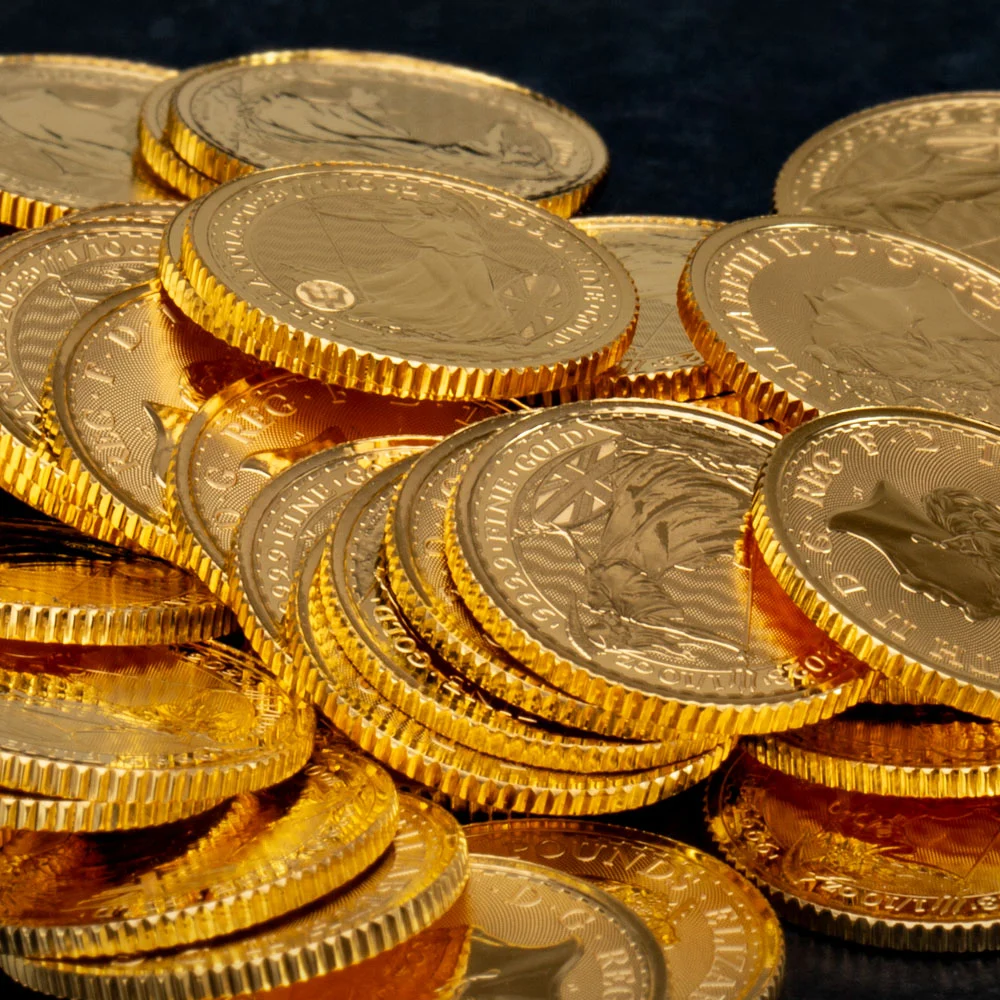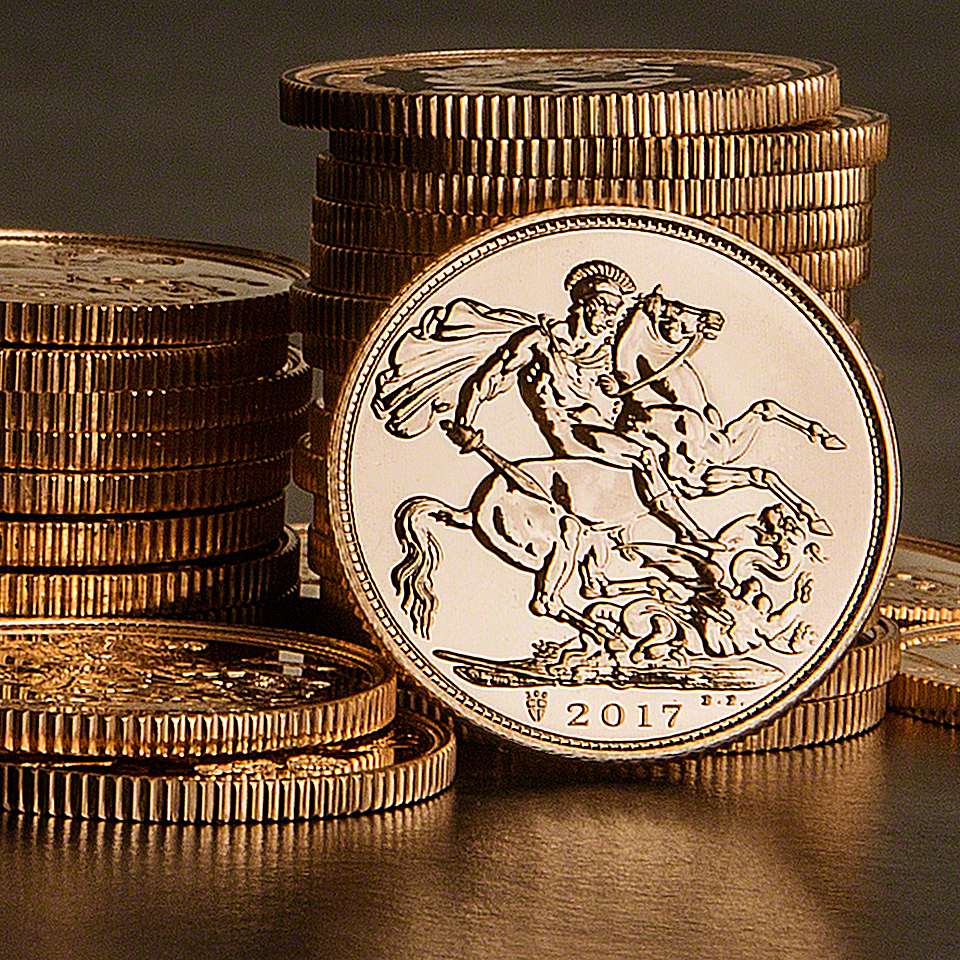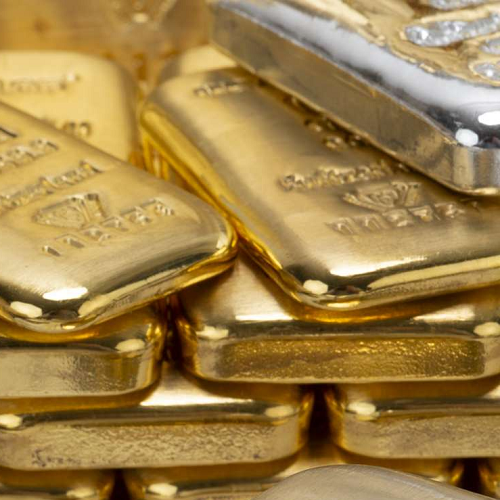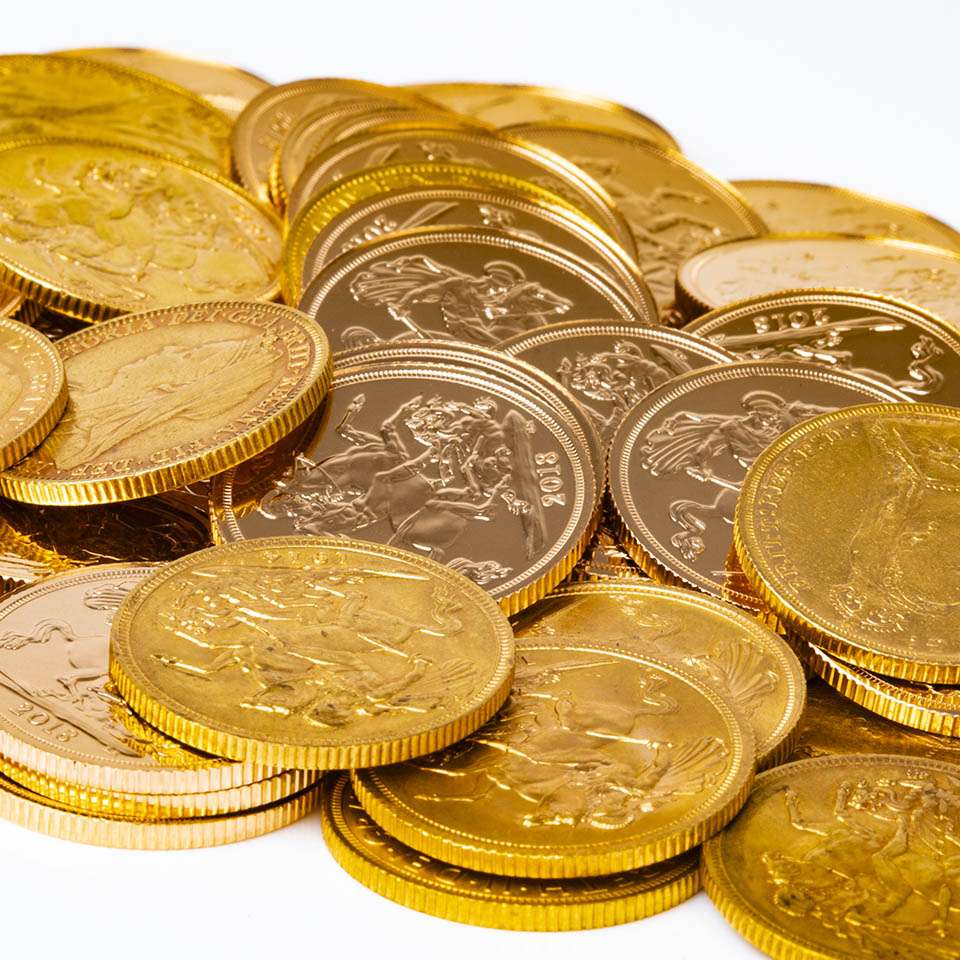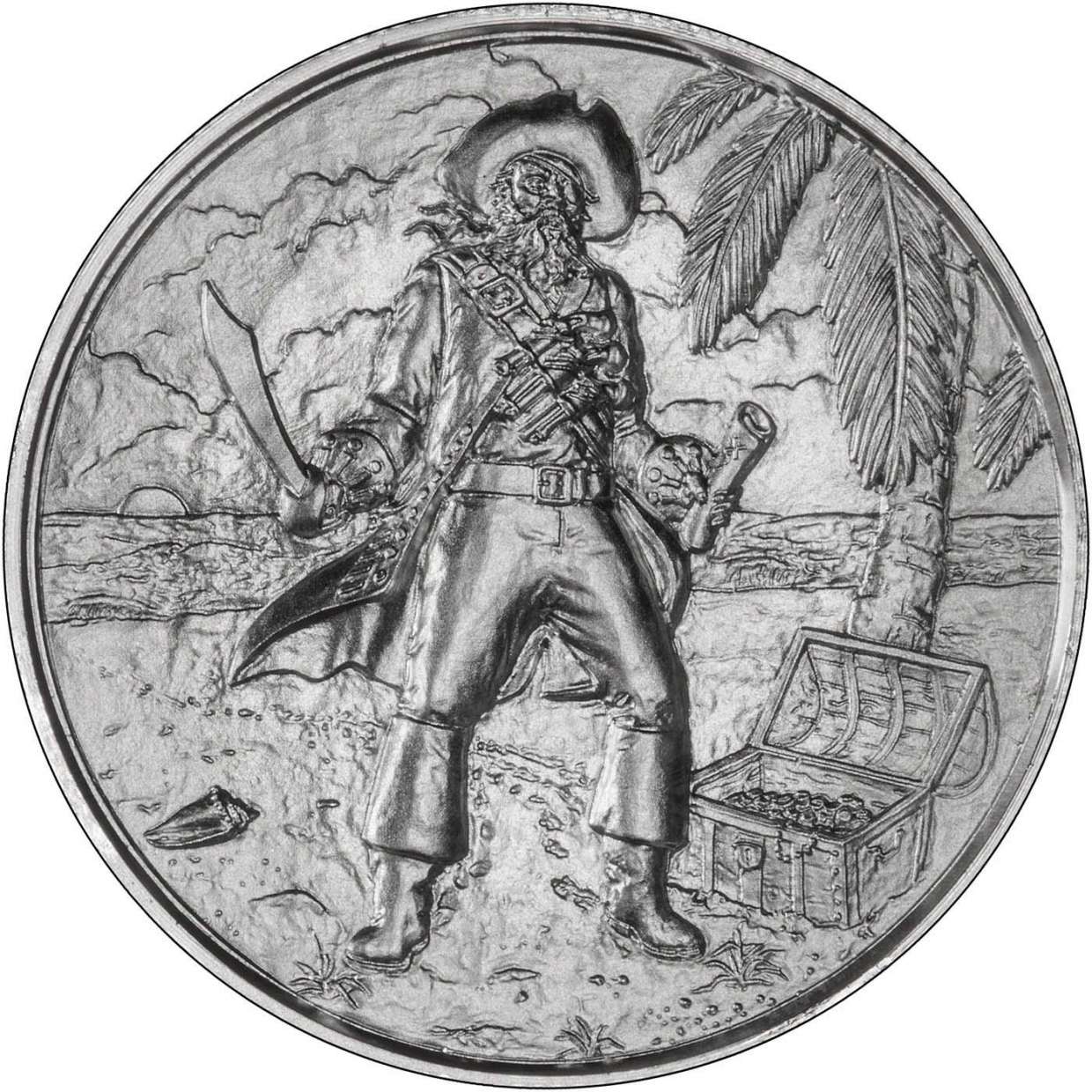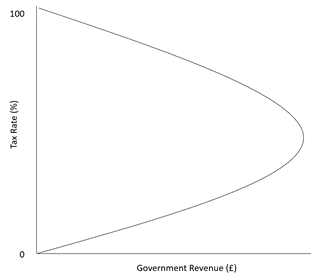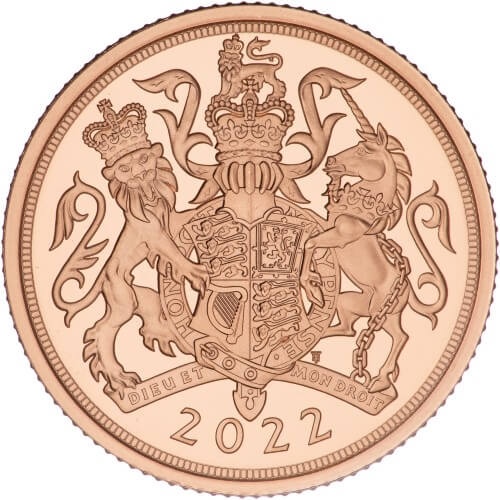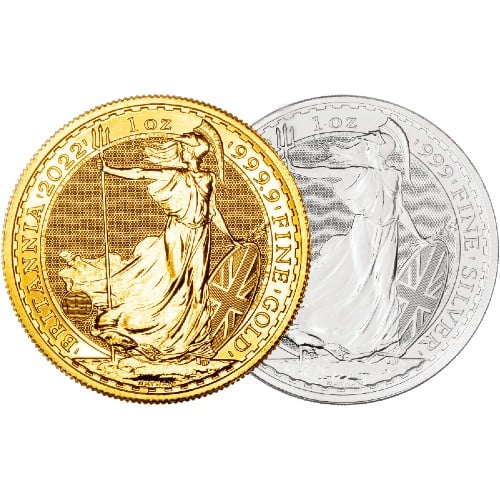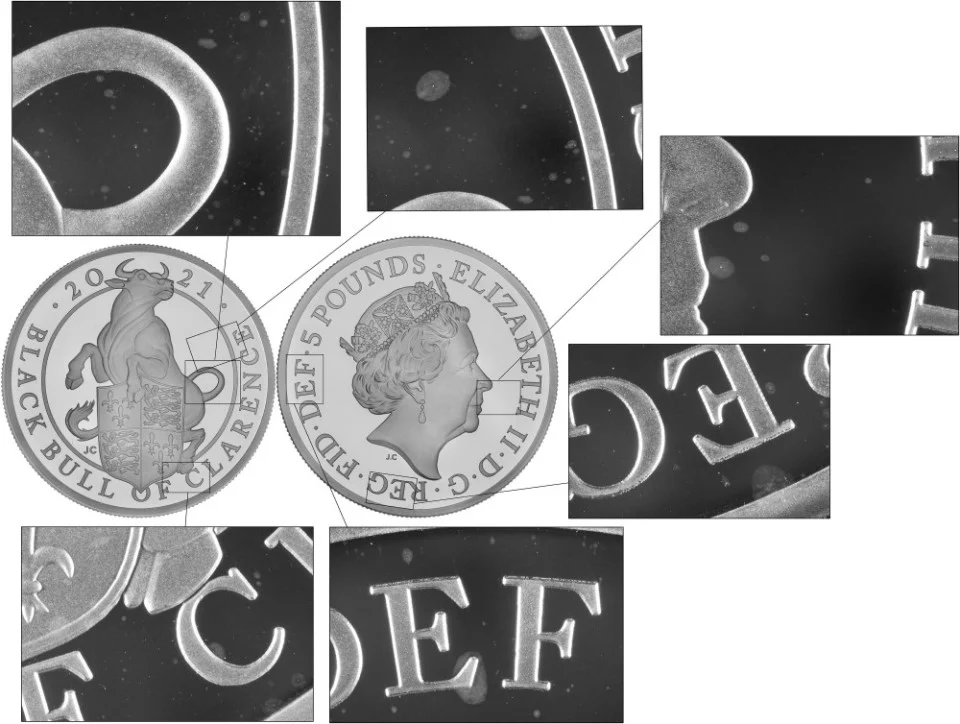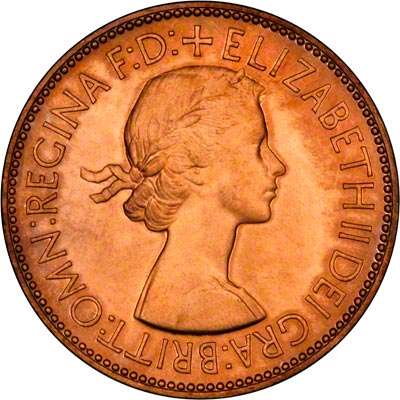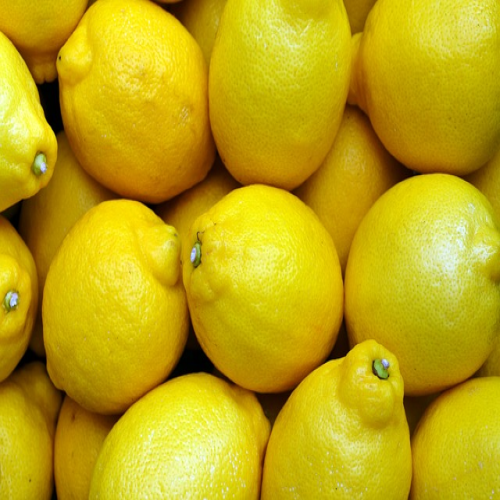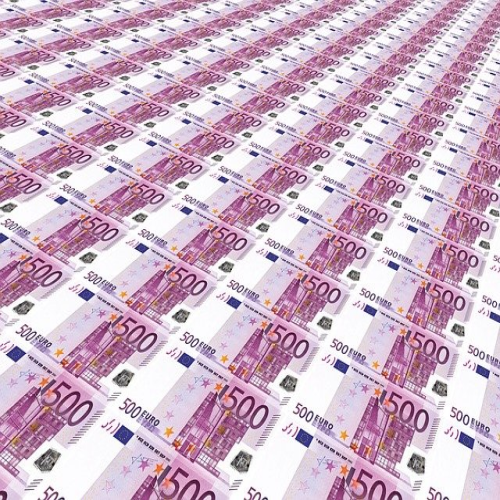Gold Investment Terminology Index
Synopsis
This index guide offers a comprehensive collection of terms and definitions pertaining to investing in gold and silver, providing a thorough understanding of the gold and silver market.

Full A-Z List of Gold and Silver Investment Terminology Index
| Word or Term | Meaning or Explanation |
| 22 Carat Gold | 22 carat gold refers to a gold alloy that contains 22 parts gold and 2 parts other metals. |
| 24 Carat Gold | 24 carat gold refers to pure gold, which is composed of only gold. |
| 800 silver | 800 silver refers to a silver alloy that contains 800 parts silver and 200 parts other metals. |
| 875 gold | 875 gold refers to a gold alloy that contains 875 parts gold and 125 parts other metals. |
| 916 gold | 916 gold refers to a gold alloy that contains 916 parts gold and 84 parts other metals. |
| 999 gold | 999 gold refers to a gold alloy that contains 999 parts gold and 1 part other metals. |
| Adjustment Marks | Adjustment marks refer to the small lines or notches made on the edge or surface of a coin during the minting process, primarily to correct the weight or alignment of the coin. |
| Allocated Gold | Allocated Gold refers to gold that is specifically set aside for a particular investor and is held in an account under their name. It is considered a more secure investment as it is physically segregated from other gold in the vault. |
| Austrian Mint | Austrian Mint refers to the national mint of Austria that produces coins and medals. It is one of the world's oldest operating mints, having been in operation since the 12th century. |
| Billon | A low grade silver alloy, usually below 50% purity, used for coins. Often naturally occurring. |
| Britannia Coins | Britannia Coins are British gold coins that contain 1 troy ounce of gold and have been minted since 1987. |
| British Gold Coins | British gold coins are coins that are minted in Britain and made of gold. |
| British Silver Coins | British silver coins are coins that are minted in Britain and made of silver. |
| Bullion | Any coin used at or close to its intrinsic metal value. Relating to a coin used in such a way. |
| Bullion Coin Dealers | Bullion coin dealers are individuals or companies that buy and sell bullion coins. |
| Bullion Market | Bullion market refers to the market for trading precious metals in the form of bullion. |
| Canadian Maple Leaf Bullion Coin | Canadian Maple Leaf Bullion Coin is a gold bullion coin that is minted by the Royal Canadian Mint and contains 1 troy ounce of gold. |
| Canadian Mint | Canadian Mint refers to the national mint of Canada that produces coins and other forms of currency. |
| Cast | Made by pouring molten metal into a mould, rather than by striking. Some authentic coins (such as Celtic potins) have been cast, but it is a technique often used for low quality forgeries. |
| Circulate | To be used in trade, the purpose for which most coins are made. To be passed from hand to hand. |
| Condition | The state of preservation of a coin, also known as its grade. |
| Commemorative | A coin struck specially to commemorate a particular event. Originally most commemorative coins were issued for circulation, nowadays many commemorative coins are produced to sell to collectors. |
| Copy | Any coin produced with great similarity to another. Some countries produced their own copies of the successful coins introduced by other states. Also used to describe forgeries and counterfeits. Sometimes applied to genuine original coins, for example it could be said that the Royal Mint produced over 13 million copies of the 1997 two pound coin. |
| Counterfeit | A false coin made in imitation of the real thing. Usually made at or about the same time as the original, and usually with the intention of being passed as the real original item at its full face or intrinsic value. A forgery. |
| Crown | A British coin originally valued at five shillings, later 25 pence, and since 1990 £5. Also any crown or dollar sized coins. Named because the original crown coins had a crown as a major part of its design. |
| Crown gold | 22 carat gold. The standard gold fineness used in British gold coins, including the sovereign. |
| Decimalisation UK | Decimalisation UK refers to the process of converting the British currency system to a decimal system in 1971. |
| Density of Gold | Density of gold is 19.3 g/cm3 |
| Density of Silver | Density of Silver is 10.5 g/cm3 |
| Diameter | The dimension of a coin across its widest part in a line through its centre. Non-circular coins may have more than one value for their diameter. |
| Die | A piece of hardened metal engraved with a mirror image of a coin's design, used in pairs to produce coins by striking (pressing the coin between two dies). |
| Die number | Usually a small mark in the form of a number on a die, and therefore any coins struck from it, to show which die produced the coin. Probably used in experiments to determine the best form of treatment in the production of dies. Dies are expensive to produce, but can frequently break or wear causing delays and extra cost in production of coins. |
| Edge | The outer part of a coin, usually at rightangles to the main two sides of the coin. |
| EF or Extremely Fine | A description of the grade or state of preservation of a coin, being lower than uncirculated but better than very fine. Americans abbreviate this to XF due to differences between the English and American languages. |
| Electrotype | In numismatic terms, a replica coin, manufactured by electroplating metal on to a mould taken from a genuine coin. Electrotyping sometimes serves a legitimate purpose in creating a replica of a genuine coin, but is also used as a method of manufacturing fakes. |
| Error | Any mistake in the design of a coin, and also the coin on which the mistake occurs. Sometimes caused by mis-pairing of dies to create a mule. |
| Exergue | The part of a coin between the ground and the edge of a coin, often containing the date. |
| Fake | Any non genuine coin made in imitation of the real thing, usually with the intention to deceive. The term fake does not apply to pattern or replica coins. |
| Field | The flat background part of a coin from which the main design stands, or occasionaly into which the main design is cut. |
| Fine | A description of a coin's grade or condition, coming below 'Very Fine', but above 'fair'. |
| Fineness | A measure of the proportion of precious metal in alloys. Sometimes expressed as a percentage, sometimes millesimally, it is otherwise understood to be a proportion of a unit. For example .999 means 0.999 out of 1, which is the same as 99.9% or 999 parts per thousand. |
| Forgery | An imitation coin made to copy and be sold as an original, often later than the period of the original, and usually intended to deceive a collector for its rarity value in excess of its face, intrinsic or bullion value. A counterfeit. |
| Frosted | Having a textured surface as opposed to a polished one. Also called matt finish. |
| Ghosting | The faint appearance on one side of a coin of the design from the other side, usually caused by poor design or production methods. The amount of metal displaced by the design of one side is greater than that displaced by the other side, so that when the blank is struck by the dies, the metal tends to flow towards the "heavier" side, and away from the lighter side. A faint negative of the main features of the heavy side can be seen on the lighter side. Ghosting is noticeable on many British coins of George V, particularly in the earlier part of the reign. The portrait on the obverse of the coin was very large, and can be seen on the reverse of the coin. |
| Gold | A bright yellow metallic element used from the earliest days of coin production through to the present. It is inert to most chemical and atmospheric reactions, so that it does not normally tarnish or corrode. |
| Gold Alloys | Gold Alloys are mixture of gold with other metals. |
| Gold and Recession | Gold and recession refers to the tendency for gold prices to increase during economic downturns as investors seek safe haven assets. |
| Gold Mining | Gold Mining refers to the process of extracting gold from the earth. |
| Gold Purity | Gold Purity refers to the proportion of gold in an alloy. |
| Gold Smelting | Gold Smelting refers to the process of refining gold from gold ore. |
| Gold standard | Gold standard refers to a monetary system in which the value of the currency is directly linked to the value of gold. |
| Gold to Real-estate Ratio | Gold to real-estate ratio refers to the relationship between the price of gold and the price of real estate. |
| Gold vs Stocks | Gold vs stocks refers to the comparison of investing in gold versus investing in stocks. |
| Grade | A measure or description of the condition or state or preservation of a coin. |
| Inflation | A phenomenon whereby money loses its purchasing power relative to its face value over time, causing the prices of most goods and services to increase. When inflation occurs rapidly, it is usually referred to as 'hyper-inflation'. The opposite of inflation is known as 'deflation'. |
| Ingot | A bar of metal as cast before it is rolled, cut, and stamped into coins. Ingots themselves have also been used as coins or money. |
| Inscription | Any writing on a coin, but particularly as part of the main design rather than in the surrounding space near the border. |
| Intrinsic | The bullion value of the metal from which a coin is made. The intrinsic value may will vary with fluctuations in metal prices. |
| Legal tender | A precise legal term which is often misunderstood. It means a means of payment which a creditor should not refuse in payment of a debt. For most coins and banknotes there is a maximum amount which a creditor or other person is obliged to accept. |
| Legend | Lettering usually placed close to the border of a coin surrounding, but not part of the main design. |
| Lettering | Any inscription or legend on any part of the coin, including the rim or edge, usully excluding lettering which forms the main design such as a cypher or monogram. |
| Mint | The name for a place where coins are made. Also used to describe an unused coin, or a coin in perfect or near perfect condition, as though is had just been manufactured. Mint condition. |
| Mintage | The quantity produced of any particular coin. |
| Mintmark | Any letter or other symbol placed on the design of a coin to identify the mint where it was manufactured. May also be used to describe other marks used by a mint for control purposes, such as the dating the coin (before coins had their year of issue inscribed on them) or identifying the mint officials respoonsible for its issue. |
| Numismatic | Relating to coins or the study of coins. |
| Numismatist | A person who collects, studies or deals in coins. |
| Obverse | The main side of a coin, usually denoting the issuing authority, often by portraying the monarch or head of state. Commonly called the "head" side or front (see reverse.). Normally the lower die which is embedded in the anvil. |
| Ounce | The name for several units of measurement. Of which the main ones are the avoirdupois and troy. Which are the equivilent of 28.3495231g and 31.1034768g respectively. The troy ounce is used internationally as the standard unit of measurement when weighing precious metals. |
| Overdate | One date struck over another on a coin, by repunching one date over the original date on the die. Usually to economise on die use at the end of a calendar year, but also to correct errors. |
| Overstruck | When a coin is struck on the flan of an existing coin, rather than a blank flan. Evidence of overstriking is sometimes seen on coins such as the 1804 Bank of England Dollars, which were struck over imported Spanish Dollars. |
| Piedfort | A specially struck coin which is much thicker and heavier than normal, often exactly twice the normal weight. From French, literally means heavy weight. |
| Portfolio Diversification | Portfolio diversification refers to the practice of spreading investments across different asset classes in order to reduce risk. |
| Pre-decimal Currency | Pre-decimal currency refers to the British currency system that was in place before the decimalization in 1971, which used pounds, shillings, and pence as units of currency. |
| Privy mark | Originally a small mark or differentiation in the design of a coin for the purpose of identifying the mint, moneyer, or some other aspect of the coins production or origin, for control purposes. Nowadays mainly used as a design and marketing feature. |
| Proof | A specially struck coin of superior finish, originally produced for approval of design and quality but also for retention by the monarch, the mint, musems or other interested parties, nowadays produced mainly for sale to collectors. Most proof coins have a highly polished mirror finish background contrasted against a matt finish on the raised parts of the design. The dies are specially prepared, as are the blanks, and the coins are often produced on special machines at slower speeds, with higher pressure, and double or triple struck to produce sharper definition. Some proofs are struck in different metals compared with the normal issue. |
| Provenance mark | A mark which shows the origin of the metal, usually gold or silver, from which the coin was produced. |
| Replica | A realistic and relatively faithful copy of a genuine original coin, usually produced for collectors, educational use, or other legitimate purposes, and usually differentiated in some way from a forgery intended for fraudulent use. |
| Restrike | A coin struck after the original date of issue, and backdated, usually by the original issuer as an official issue, but also unofficially. Also usually identical to the original, but sometimes differentiated by mintmarks or other small design changes. The term restrike is often used euphemistically, misleadingly or fraudulently referring to a counterfeit, also to a fantasy near-copy. |
| Reverse | The secondary side of a coin, often called the "tail" side. The upper die during striking. |
| Serrated | A toothed, rather than plain edge. The use of edge serrations in coin manufacture is intended chiefly to discourage clipping and counterfeiting. |
| Silver | A shiny grey reflective precious metal used from the beginnings of coinage to the present day, although now largely replaced by base metal. |
| Silver Fix | Silver fix refers to the process of setting the price of silver by the London Bullion Market Association (LBMA). |
| Silver Standard | Silver Standard refers to a monetary system in which the value of the currency is directly linked to the value of silver. This means that the value of the currency is based on a fixed amount of silver, and the government is committed to exchanging the currency for silver on demand. |
| Sovereign Gold Coins | Sovereign Gold Coins are British gold coins that were minted from 1817 to 1917. They contain 0.2354 troy ounces of gold. These coins are considered as a legal tender and have a face value of one British Pound. |
| Sterling | Used to describe the British pound. Also a standard for silver which is 92.5% pure silver used in coins and jewellery. The two meanings are closely associated as sterling silver has long been the standard alloy used for British silver coins. The term 'pound sterling' has and still is used to refer to British money made of gold or paper. |
| Struck | Relating to the method of production of coins by pressing them between dies as opposed to casting. Originally the (reverse) die, or the trussell holding it, was struck by a hand held hammer |
| Tail | The popular term for the reverse side of a coin, as opposed to the head or obverse side. |
| Tarnish, Tarnishing | Another word for toning, which occurs naturally to most coins, except that tarnish has a slightly more negative overtone. |
| Tone, Toning | Another word for tarnishing, which occurs naturally to most coins, except that tone has a slightly more positive overtone. |
| Treasure | Any old gold or silver coin or other object which has been found together with others in a hoard. In Britian, to qualify as "old" an item usually needs to be over 300 years old, occasionally 200. The precious metal content can be as low as 10% by weight. Single items are excluded. There is a precise legal definition in the "Treasue Act 1996", which replaces the old "Treasure Trove" laws. |
| Troy | A system of weights used for precious metals. A troy ounce weighs 31.1035 grams, and there are 12 troy ounces per troy pound. |
| Truncation | A cutting off point, often where the neck of a portrait slopes sharply to join the flat background part (field) of the coin. |
| Uncirculated | Literally, this means that a particular coin has not been in circulation, but normally it describes the grade of a coin, a coin which is in mint condition. Please note this does not mean perfect, as most coins have scuffs and minor scratches, knocks and imperfections through the mass production methods used to produce them. |
| Unallocated Gold | Unallocated Gold refers to gold that is held in a general pool and not designated for any specific individual. It is a more flexible investment option as it allows the investor to buy and sell gold without having to take physical possession of it. |
| VF or Very Fine | A recognised description for the grade of a coin, being between 'Fine' and 'Extremely Fine'. |
| World Gold Council | World Gold Council is an industry association that promotes the use of gold and provides research and education about the gold market. It also conducts research on the gold market and publishes reports on the latest trends and developments in the industry. The organisation aims to support the development of the gold market and to encourage the use of gold in a variety of industries. |
Related Blog Articles
This guide and its content is copyright of Chard (1964) Ltd - © Chard (1964) Ltd 2024. All rights reserved. Any redistribution or reproduction of part or all of the contents in any form is prohibited.
We are not financial advisers and we would always recommend that you consult with one prior to making any investment decision.
You can read more about copyright or our advice disclaimer on these links.




